
Rachel Brooks Gleason (November 27, 1820 – March 13, 1905) was an American physician, the fourth woman to earn a medical degree in the United States.

Rachel Brooks Gleason (November 27, 1820 – March 13, 1905) was an American physician, the fourth woman to earn a medical degree in the United States.

Rachel Ingall Brooks was born in the village of Winhall, Vermont, on November 27, 1820, the daughter of Rueben Brooks and Lucy Musey. She had two siblings: John Quincy Brooks and Lucy Zipporah Brooks. [1]
No colleges were open for women during her girlhood, but Gleason gave herself a fair collegiate education from college text-books studied at home. Her husband, Dr. Silas O. Gleason, when he became professor of hygiene in the Central Medical College in Rochester, New York, succeeded in persuading the faculty and trustees to open the college doors to women. Rachel Brooks Gleason studied with her husband and was graduated in medicine in 1851. She was the fourth woman to earn a medical degree in the United States. [1] [2]

After graduation, Gleason practiced three years in a sanitarium in Glen Haven, New York, and one year in Ithaca, New York. She was at the head of the Elmira Water Cure, opened in 1852, later known as Gleason Sanitarium, in Elmira, New York, for more than forty years. The hydropathic health resort catered to women of the upper class, their specialty was "lady troubles". The Gleasons sold the business in 1899, and all the buildings were demolished in 1959. [1] [2]
She had a large consulting practice, extending to most of the towns in the State. Her book on home treatment for invalids, Talks to my Patients: hints on getting well and keeping well (New York, 1870) ran into its eighth edition. After her graduation in medicine, she gave lectures on physiology and hygiene to women, assisted by the best models and charts to be had at the time. [1]
She held bible and prayer classes every Saturday for twenty-five years. She was an advocate of dress reform and women's freedom from early girlhood. She assisted eighteen women students through medical colleges, all of whom were dependent upon her for financial support, and most of them rescued from invalidism. Many of these students became prominent, and all were competent physicians. Gleason was a strong anti-slavery worker before the Civil War, and rendered constant assistance to Freedmen's schools thereafter. [1]

Gleason was a teacher from choice, not from necessity, much of the time up to her marriage on July 3, 1844, to Dr. Silas Oresmus Gleason (1818–1899). They had two children: E.B. Gleason and Adele Amelia Gleason (died in 1930). [1] [2]
Gleason died on March 13, 1905, and is buried at Woodlawn Cemetery, Elmira.[ citation needed ]

Halle Tanner Dillon Johnson was an American physician and the first woman to be licensed as a physician in the U.S. state of Alabama.
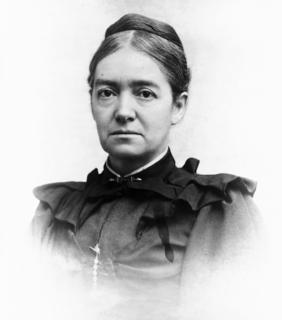
Mary Corinna Putnam Jacobi was an English-American physician, teacher, scientist, writer, and suffragist. She was the first woman admitted to study medicine at the University of Paris and the first woman to graduate from a pharmacy college in the United States.

Elizabeth Blackwell was a British and American physician, notable as the first woman to earn a medical degree in the United States, and the first woman on the Medical Register of the General Medical Council for the United Kingdom. Blackwell played an important role in both the United States and the United Kingdom as a social reformer, and was a pioneer in promoting education for women in medicine. Her contributions remain celebrated with the Elizabeth Blackwell Medal, awarded annually to a woman who has made a significant contribution to the promotion of women in medicine.
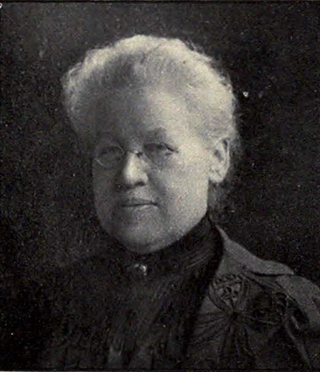
Eliza Maria Mosher was a United States physician, inventor, medical writer, and educator whose wide-ranging medical career included an educational focus on physical fitness and health maintenance. She was the first Dean of Women at the University of Michigan, and the first woman professor to be recognized by the university.

The Adirondack Cottage Sanitarium was a tuberculosis sanatorium established in Saranac Lake, New York in 1885 by Dr. Edward Livingston Trudeau. After Trudeau's death in 1915, the institution's name was changed to the Trudeau Sanatorium, following changes in conventional usage. It was listed under the latter name on the National Register of Historic Places in 1995.
Sarah Ann Hackett Stevenson was an American physician in Illinois, and the first female member of the American Medical Association (AMA), as an Illinois State Medical Society delegate in 1876. She was a leader and advocate for the emancipation of women and for the equal treatment of men and women.

Clemence Sophia Lozier was an American physician who founded the New York Medical College and Hospital for Women. Dr. Lozier was also a noted feminist and activist, and served as president of the New York City Suffrage League and the National Women's Suffrage Association.

Dr. Mary West Niles was born in Watertown, Wisconsin to Rev. William Allen Niles and Mary Elizabeth Niles. Dr Niles played an important role in the Canton Medical Missionary Society as the first woman missionary physician at the Canton Hospital. She was a pioneer physician to open school for the Blind in China, the Mingxin School (1889-1932), and in translating the English Braille system into the Cantonese /Chinese language by learning it herself first.

Rosalie Slaughter Morton was an American physician, surgeon, and author. In addition to running her own medical practices, she became the first woman appointed as Attending Surgeon at the College of Physicians and Surgeons at Columbia University in 1916, and became the first chairperson of the American Women's Hospitals Service the following year. Morton served as a medic during the First World War, and was the first chair of the Public Health Education Committee. She was also one of the first women to join the faculty, and to later become a professor, at the Polyclinic Hospital of New York.

Catharine van Tussenbroek was a Dutch physician and feminist. She was the second woman to qualify as a physician in the Netherlands and the first physician to confirm evidence of the ovarian type of ectopic pregnancy. A foundation that administers research grants was set up in her name to continue her legacy of empowering women.

Mary Belle Brown, M.D. was an American physician and surgeon, one of the few women in medicine of her time to perform surgery. She was professor and dean of the New York Medical College and Hospital for Women.
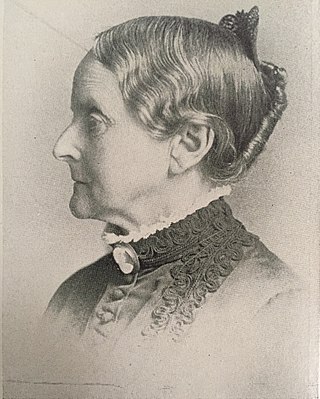
Caroline Brown Winslow was an American physician, and the fifth woman in the United States to graduate in medicine.
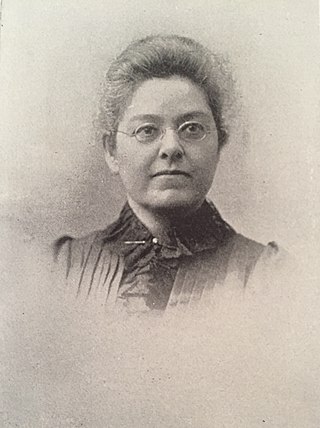
Ida Josephine "Joe" Brooks was an educator, physician and surgeon. She was among Arkansas's earliest women physicians and the first female faculty member at the University of Arkansas Medical School.
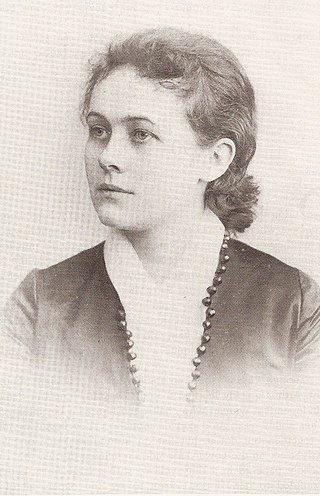
Lucy Virginia Meriwether Davis Davies was one of the first female physicians in New York State. She was also a botanist, civil libertarian, suffragist, philosopher and lover of music and art. She had studied medicine to escape a scandal after she eloped with and then killed her first husband. He had agreed it was self-defense before he died. She married again only to find out years later that her husband was a bigamist, having two complete families and two wives.
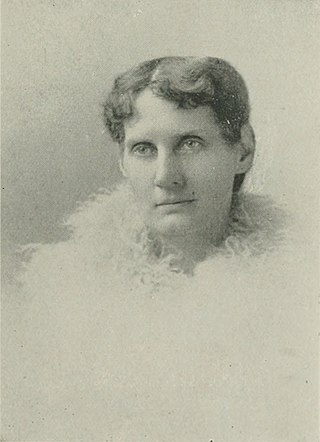
Lucy M. Hall-Brown was an American physician and writer. She was a general practitioner and a physician at the Sherborn Reformatory for Women, now the Massachusetts Correctional Instituion – Framingham.

Ella Eaton Kellogg was an American dietitian known for her work on home economics and vegetarian cooking. She was educated at Alfred University ; and the American School Household Economics (1909). In 1875, Kellogg visited the Battle Creek Sanitarium, became interested in the subjects of sanitation and hygiene, and a year later enrolled in the Sanitarium School of Hygiene. Later on, she joined the editorial staff of Good Health magazine, and in 1879, married Dr. John Harvey Kellogg, superintendent of the Battle Creek Sanitarium.

Alida Avery (1833–1908) was an American physician and Vassar College faculty member. In Colorado, she was thought to be the first woman licensed to practice medicine in the state. She was also the Superintendent of Hygiene for Colorado. Avery was among the first women first admitted to the Denver Medical Society.

Maybelle Maud Park was an American medical doctor based in Wisconsin. She served as director of the child welfare department of the State Board of Control when it was founded in 1922.

Dr. Maude Glasgow (1876–1955) was an early pioneer in public health and preventive medicine as well as an activist for equal rights.

Cordelia A. Greene was a 19th-century American physician, benefactor, and suffragist from Upstate New York. She was the founder and director of the Castile Sanitarium in Castile, New York. Greene published, Build Well, in 1885; her revision of it, The Art of Keeping Well, was published posthumously in 1906. A biography, The Story of the Life and Work of Cordelia A. Greene, M.D., was published in 1925. The Cordelia A. Greene Library in Castile was named in her honor.
{{cite book}}: CS1 maint: multiple names: authors list (link) CS1 maint: numeric names: authors list (link) ![]() Media related to Rachel Brooks Gleason at Wikimedia Commons
Media related to Rachel Brooks Gleason at Wikimedia Commons